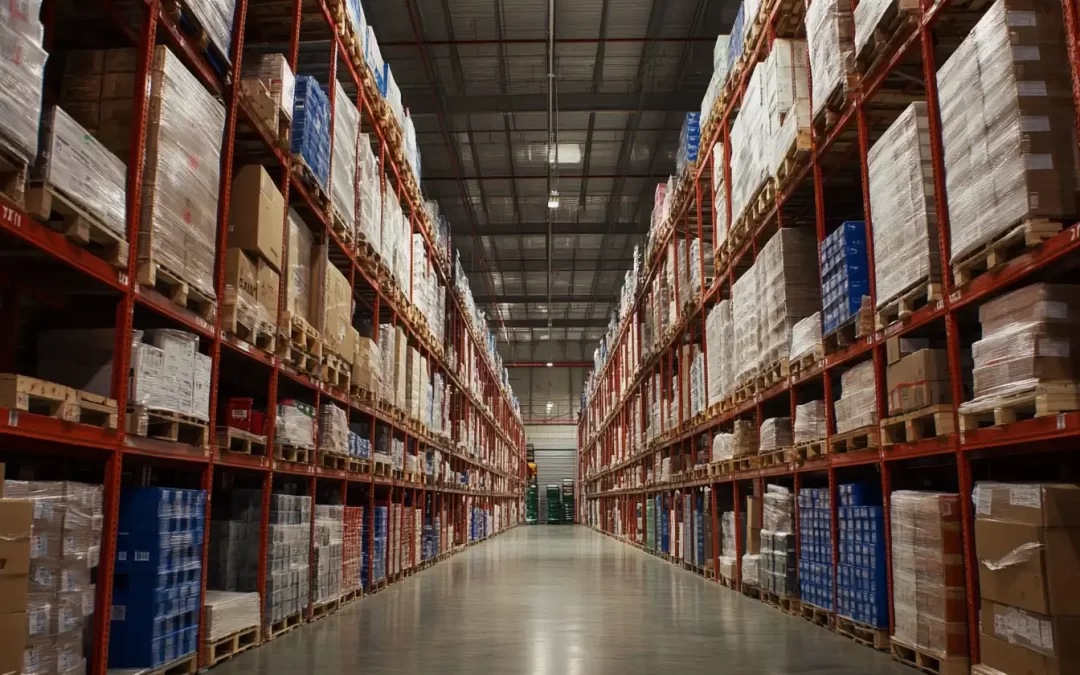How to Reduce Utility Costs with a Smart Commercial HVAC Control Strategy
Commercial buildings are among the largest consumers of energy in Indiana—and HVAC systems account for a significant portion of that usage. But what if your heating and cooling systems could work smarter, not harder? By implementing a strategic approach to HVAC control, you can lower energy costs, reduce wear and tear, and maintain a more consistent indoor environment across your facility.
This guide explores how zoning, automation, thermostats, and scheduling all contribute to a smart commercial HVAC control strategy that saves money and supports operational efficiency.
Need expert support implementing energy-saving HVAC solutions? Choice Mechanical’s Commercial HVAC-R Services help Indianapolis businesses modernize and optimize their systems.
1. Use Zoning to Customize Climate Control
Not all parts of your building need the same amount of heating or cooling. Zoning allows you to divide your facility into areas with separate thermostats and airflow settings—so you can condition each space based on occupancy, usage, or time of day.
- Reduce energy use in low-traffic or storage zones
- Give offices and production areas independent controls
- Eliminate hot/cold complaints with more precise comfort
Zoning is especially useful in warehouses, offices with varied use areas, or mixed-use buildings. Preventative maintenance plans help keep zoning systems properly balanced and efficient.You might also benefit from reading our article, How to Control Temperature Fluctuations in Large Warehouses.
2. Upgrade to a Building Management System (BMS)
A modern BMS ties your HVAC system into one central interface—allowing you to monitor, schedule, and optimize performance from any location. You can adjust temperatures, detect issues, and analyze performance trends in real-time.
- Automated alerts for malfunctions, airflow drops, or overheating
- Remote control of all HVAC zones from a single dashboard
- Historical data tracking to optimize equipment usage
Installing or upgrading a BMS is one of the most impactful energy-saving investments a commercial facility can make. Talk to our HVAC-R team to see if your system is ready for BMS integration.
3. Optimize Thermostat Placement and Programming
Even basic thermostats can be powerful tools—if they’re placed correctly and programmed for your operation’s schedule. Poorly located thermostats or inconsistent settings often lead to over-conditioning and wasted energy.
- Install thermostats away from direct sunlight, vents, or equipment
- Use programmable thermostats to reduce usage during off-hours
- Set temperature ranges instead of fixed points to reduce cycling
Small thermostat adjustments can add up to big energy savings. They’re also key to maintaining comfort without overextending your HVAC system. You should also be sure to read our article, Is Your Warehouse HVAC System Wasting Energy?
4. Implement Smart Scheduling for Operating Hours
Many facilities waste energy by running HVAC systems full blast when buildings are unoccupied. Smart scheduling aligns system activity with occupancy patterns, shift changes, and seasonal demands.
- Pre-cool or pre-heat spaces before work begins
- Reduce conditioning during nights, weekends, or holidays
- Automate scheduling through your BMS or thermostat platform
Not sure how to start? Our maintenance agreements include seasonal optimization checks and controls calibration as part of your scheduled service visits.
Frequently Asked Questions
What’s the most cost-effective way to reduce HVAC energy use?
Start with zoning and programmable thermostats. These two steps can yield immediate cost savings without major infrastructure changes.
Does Choice Mechanical install building automation systems?
Yes. We work with facilities of all sizes to upgrade HVAC controls, install BMS platforms, and integrate existing systems into smarter frameworks.
Can I use smart HVAC controls with older equipment?
In many cases, yes. Thermostat and zoning upgrades can often be retrofitted into older HVAC systems. A system inspection helps determine compatibility.
How do I know if my HVAC controls are wasting energy?
Uneven temperatures, high utility bills, short cycling, and equipment wear are all signs of inefficient control. Schedule a performance review to identify issues.
Conclusion: Small Adjustments, Big Savings
Creating a smart HVAC control strategy isn’t just for new construction—it’s one of the most effective ways to lower operating costs in existing commercial buildings. With the right zoning, thermostats, scheduling, and automation in place, you’ll improve comfort, reduce energy use, and extend the life of your equipment.
Choice Mechanical’s HVAC-R experts can help you modernize your system, while our custom maintenance agreements ensure your controls stay optimized season after season. Contact us today to build your smart HVAC control plan and start saving on utility costs.




